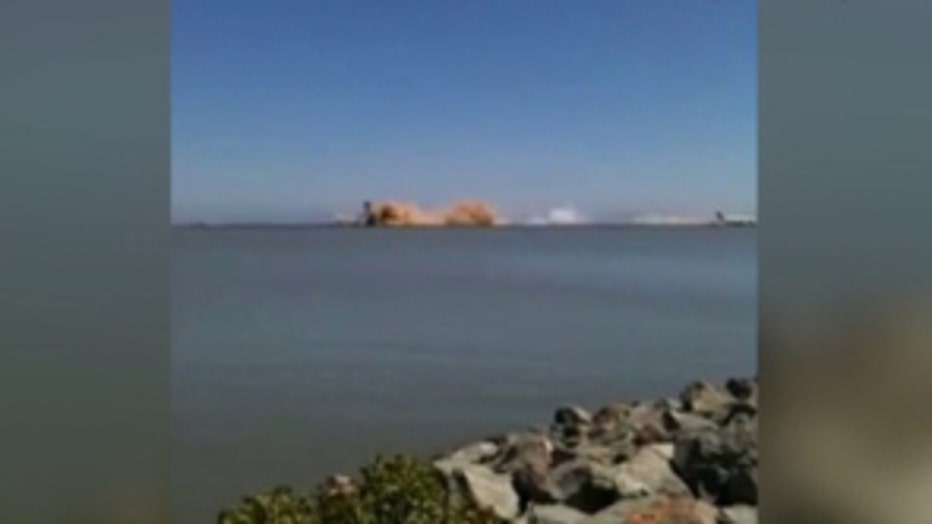Asiana pilot had never landed Boeing 777 at SFO
SAN FRANCISCO (KTLA) — The investigation continued on Monday into the deadly crash of an Asiana Airlines flight in San Francisco, amid new revelations about the pilot’s background.
The pilot was training to fly the Boeing 777, and was making his first descent at San Francisco International Airport with the jet, according to the airline.
However, it was not his first time flying into SFO, nor was it his first time piloting that model of aircraft.
Lee Kang-kuk had flown from Seoul to San Francisco several times between 1999 and 2004, Asiana officials said.
Including the flight on Saturday, he had piloted a Boeing 777 nine times, clocking a total of 43 hours, according to the airline.
He has piloted a total of about 10,000 hours, according to Asiana.

Cell phone video shows the moment of impact. From KTLA.
Lee was one of four pilots on board on Saturday who were working in shifts, airline officials said.
All four have been interviewed by the National Transportation Safety Board and South Korean investigators.
The crash happened on Saturday afternoon as the plane, with 307 people aboard, was preparing to land at the San Francisco airport.
Two 16-year-old girls from China were killed, and 182 people were hospitalized. Another 123 people walked away without injuries.
Amateur cell phone video obtained by CNN appears to show the plane’s tail coming in too low, and being clipped off when it hits the sea wall.
The plane then goes out of control, briefly tilting up, before coming to a stop. The aircraft erupts into smoke and flames.
It could take months to determine exactly what caused the plane to crash, NTSB officials said.
“No prior distress calls or requests for special support or problems were noted in the air traffic control tapes between the controller and the Asiana crew,” NTSB head Deborah Hersman said.
The agency on Sunday released some details from its initial assessment of the cockpit and flight data recorders.
The recorders showed that the plane was coming in too slow and too low, and that the pilots sped up seven seconds before impact.
At the time, the plane was traveling “significantly below” the target speed of 137 knots, Hersman said.
Four seconds before impact, a stall warning sounded, indicating that plane was about to lose its ability to stay in the air.
The voice recorder apparently showed the pilots tried to abort the landing, calling for a “go-around” just 1.5 seconds before the crash, Hersman said.
The NTSB has ruled out weather as a possible factor in the crash, saying conditions were right for a “visual landing.”
However, investigators were looking into the possibility that airport construction may have played a role.
The construction had temporarily shut off the glide-slope system, which is one of several options that pilots have to help them land safely, according to the NTSB.

